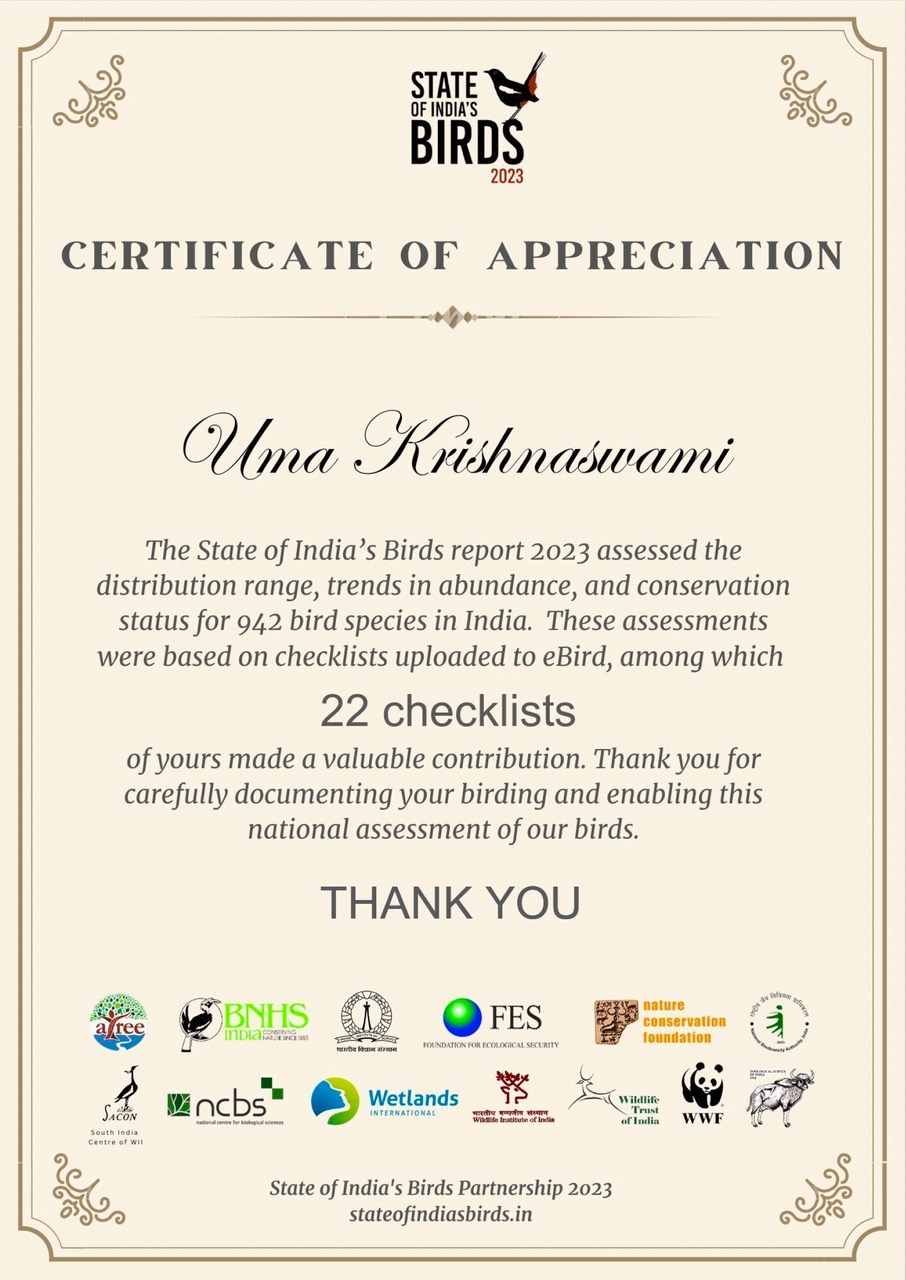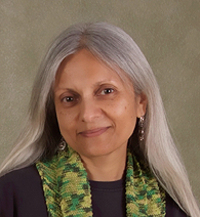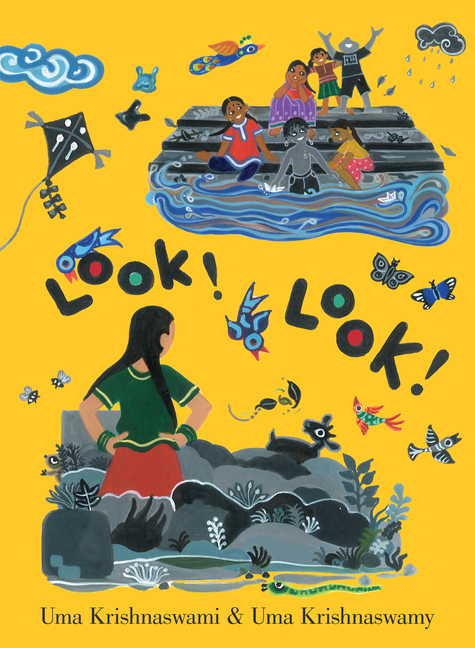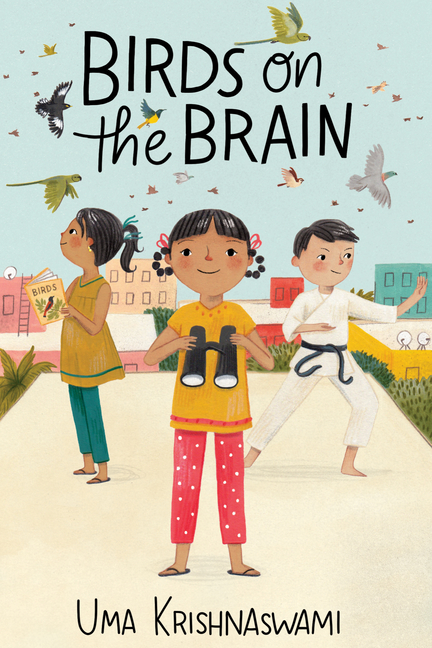The Magical Space of Letting Go
This year, I will have two books out, a companion title to my picture book, Out of the Way! Out of the Way! (Groundwood Books, 2012) and a sequel to my chapter book/early middle grade, Book Uncle and Me (Groundwood Books, 2016). Truth be told, I hadn’t planned to write either of them.
People often want to know where writers get ideas from. Ideas are cheap, I always want to say. Get an energetic brainstorm going in a roomful of, say, ten people, and you might come up with fifty great ideas. The trick is to recognize the ones that have staying power. I too am dazzled frequently by many sparkling ideas. But I have to ask myself, which of them can I stand to live with for the time that it will take me to write it out? More, to write it so that it makes sense to anyone other than me. Which of them do I really want to engage with beyond its shiny surface?
The idea for a companion book to Out of the Way! Out of the Way! was a slow simmer rather than a sudden blazing star. The first book had done steadily well. It gathered some very nice accolades over nearly ten years. I’d been thinking for a while of a parallel story. Instead of a boy and a road and a tree, this one would involve a girl—and water. I wrote a rather threadbare draft with the uninspiring title of “Clean it Up! Clean it Up!” It didn’t work. Even I could see that. A few revisions into the process, that title fell off and the book became Look! Look! (Groundwood Books, 2024) That one change woke the story up. The energy of the text gathered itself, sounding notes of wonder and discovery. It’s exciting when a tiny shift in words has that effect.
Uma Krishnaswamy’s beautiful pictures (no, she’s not me!) affected my text as well, in the best way. Here’s a blog post I wrote about how the early images helped me rethink and rearrange my text while reworking several transitions. It’s true. Every book teaches me how to write it. The next one must take me on its own entirely different journey.
I owe the idea for Birds on the Brain (Groundwood Books, 2024) to a child who asked a question at the end of a virtual reading and Q & A about Book Uncle and Me. She said, “Is there going to be a second book?” I said something like, “I don’t know—should there be?” Because really, that thought had not occurred to me. I’d been feeling done with these characters and this setting. In short order, the idea was rousingly voted on and approved and I thought, Well, okay, we’ll see. I will confess that when ideas come scratching at my mental windowpanes, my first instinct is usually to send them packing until they have returned with enough persuasive force to prove themselves.
What do I know? That vote of confidence from a North Vancouver Grade 3 class planted itself in my brain and began demanding its own time. I started writing notes about it. I wrote a couple of draft chapters. I never outline until I am halfway through a novel but I found myself creating an outline for this story. Lo and behold, the title burst forth and the character, Reeni, stepped up and took charge.
Then a real-life experience landed right at my fingertips. I was in India for part of the time that I was writing my first draft. I always look for birds wherever I travel but this time I began to pay attention in a different way. I tried to think myself into the mind of Reeni, who is wild about all things with beaks and wings. I downloaded the wonderful eBird app on my cell phone and began to track bird sightings.

Those birds! They showed up on walls, in niches on the sides of buildings, in the branches of trees, and winging through the sky. They appeared as if they were auditioning for roles in my story. Pigeons, crows, koels, rose-ringed parakeets, kingfishers, yellow-billed babblers, cormorants, egrets, kites. I never did see Reeni’s favorite little iridescent sunbird, but I saw plenty of beaked-and-winged wonders. Volunteers from eBird emailed me about some of my sightings—was that really a drongo? More likely a rufous treepie. And that swallow-like bird? Probably an Asian palm swift. My mother, who at 94 can look up anything on YouTube, found me some very endearing Tamil names for several common birds. I gave them to the istri lady, my opinionated secondary character. They became part of a scene in the book.
I even received this certificate from the State of India’s Birds Partnership. Really, it belongs to Reeni. If there’s one thing I’ve learned from thirty years of doing this work, it is that I rarely know where I can go with an idea, even one that I have committed myself to pursuing. Both these books only began to take shape when I stopped trying to control the outcome. When you loosen the borders between life and fiction, when you let the story carry you along—that’s when you enter a magical writing space. You can’t create it. You just have to keep showing up, keep scanning what you have over and over, as if you were searching the ground for hidden rocks or the sky for birds.
Hear Uma Krishnaswami’s Audio Name Pronunciation
Listen to a Meet-the-Author Recording for Look! Look!
Listen to a Meet-the-Author Recording for Birds on the Brain
Explore Uma Krishnaswami’s author page on TeachingBooks
Text and images are courtesy of Uma Krishnaswami and may not be used without express written consent.




Leave a Reply